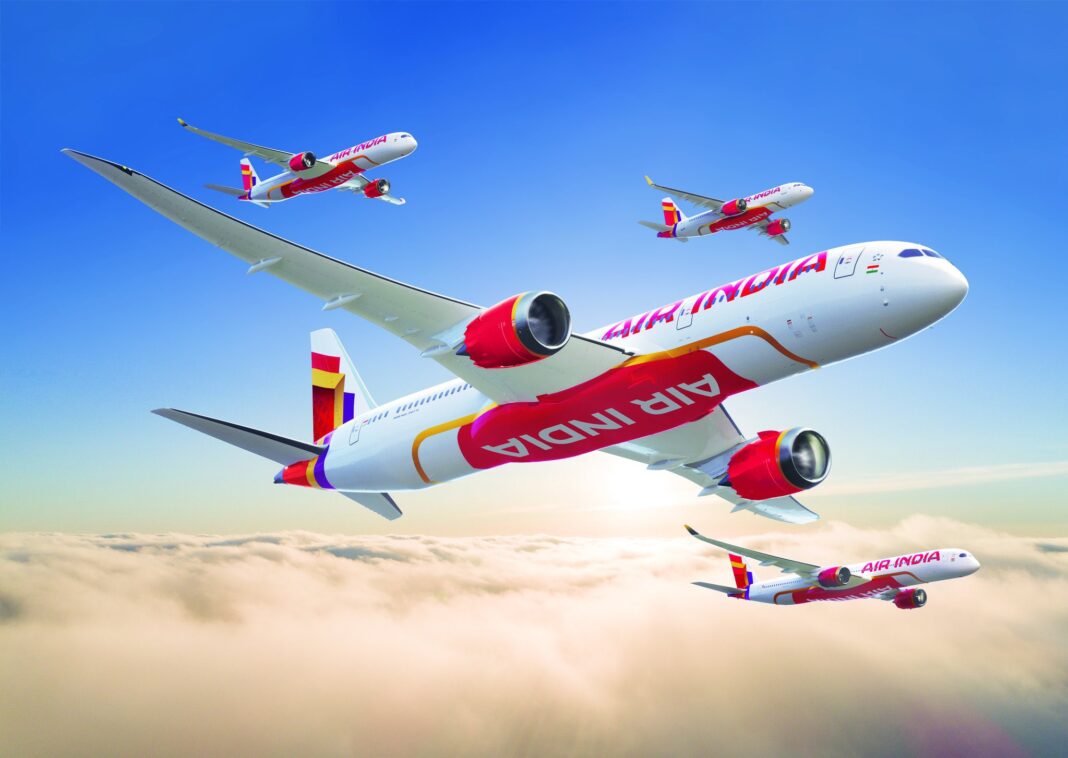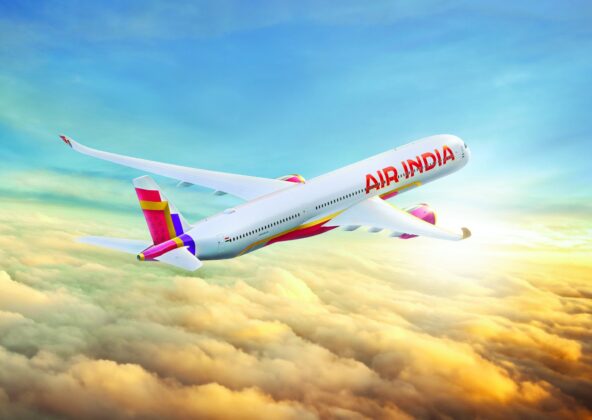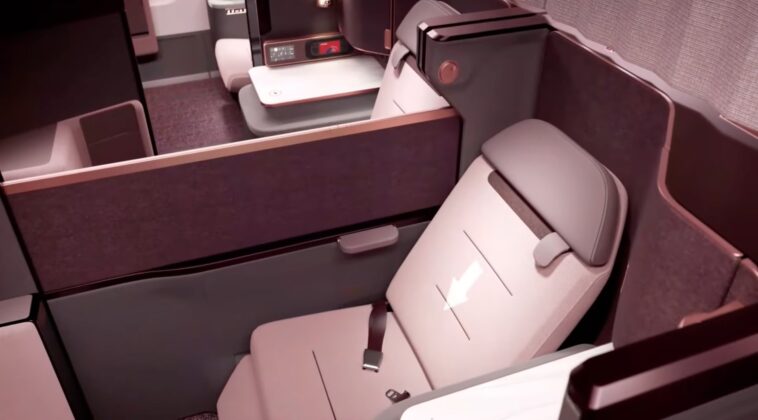In a bold move, Air India unveiled its new visual identity in a ceremony at the Taj Palace, New Delhi, today, August 10th at 7:00 PM (local Delhi time). This transformation follows the acquisition of the airline by TATA Sons in 2022, which includes the revamping of onboard services, interiors, and uniforms.
Its CEO, Campbell Wilson, hinted at the airline’s visual change earlier this year after four decades in which remained virtually the same.
The new visual identity has left behind the familiar logo with a red swan alongside the Konark Chakra. Instead, the new emblem features a tricolor combination on a white fuselage, incorporating Air India’s signature red accents. This artistic adaptation also integrates Vistara’s subtle purple and the iconic golden «Jharoka», previously a distinctive hallmark of the aircraft’s windows.
The CEO emphasized that the revamped logo exudes sophistication and elegance, aligning Air India to represent the country gracefully on the global stage. Campbell announced that in December 2023 they will receive the first plane with the new livery, with the delivery of their first Airbus A350.
The unveiling ceremony at the Taj Palace marks not just a change in image, but also a strategic direction. N Chandrasekaran, Chairman of Tata Sons, highlighted the airline’s focus on becoming a world-class entity in terms of safety. He recognized the need for significant improvements in technology, fleet management, maintenance, ground operations, and human resources.
A Brief History of Air India’s Logos
The airline’s origin is intertwined with the TATA Group. Since 1946 (originally TATA Airlines since 1932), the airline’s evolution reflects the nation’s journey. The first logo was a stylized fusion of a spinning wheel, or «charkha», within the contour of a Malabar boat. This creative amalgamation symbolized both Mahatma Gandhi’s independence movement and India’s maritime heritage.
In 2007, the merger of Air India and Indian Airlines resulted in a new logo that encapsulated the union of the two airlines. The redesigned emblem featured a stylized red «flying swan», incorporating the Konark Chakra. This amalgamation paid tribute to the airline’s historical roots.
New Interiors and Upgrades for Air India
The transformation is not limited to aesthetics. Starting in mid-2024, a USD 400 million initiative will completely renovate the interiors of the legacy fleet of 43 wide-bodied aircraft. This extensive renovation plan includes new seats, modern onboard entertainment systems, and Wi-Fi connectivity.
By March 2024, approximately one-third of the wide-bodied fleet will feature these modernized interiors. Over the next two and a half years, Air India’s entire long-haul fleet will undergo a similar overhaul, including the Boeing 777, Boeing 787 Dreamliners, and Airbus A350.
The Privatization of Air India
The journey towards Air India’s privatization began in 2013, driven by significant losses attributed to low-cost regional competitors and Gulf airlines such as Emirates, Qatar Airways, and Etihad. After years of government deliberations, the privatization decision was officially approved in 2017, leading to the formation of a committee to identify the most suitable buyer.
Finally, on October 8, 2021, Air India, including its low-cost subsidiary Air India Express, was acquired for USD 2.3 billion by Talace Private Limited, a subsidiary of Tata Sons. The final transfer to the TATA Group took place in January 2022.
This pivotal acquisition set the stage for a comprehensive transformation and expansion strategy. TATA Sons’ majority ownership in Air Asia India and Vistara facilitated a merger with Air India Express and Air India, propelling the airline to the position of the country’s second-largest carrier, once the merger completes in March 2024.

Mid-year, during the Paris Air Show, Air India made the airline’s largest-ever purchase with an order for 470 Airbus and Boeing aircraft.
The deal is part of an 840-aircraft order in total, with 470 firm aircraft and 370 as an option. The purchase includes 40 Airbus A350s, 20 Boeing 787s, and 10 Boeing 777-9 wide-bodied aircraft, as well as 210 Airbus A320/321 NEOs and 190 Boeing 737 MAX single-aisle aircraft.
















